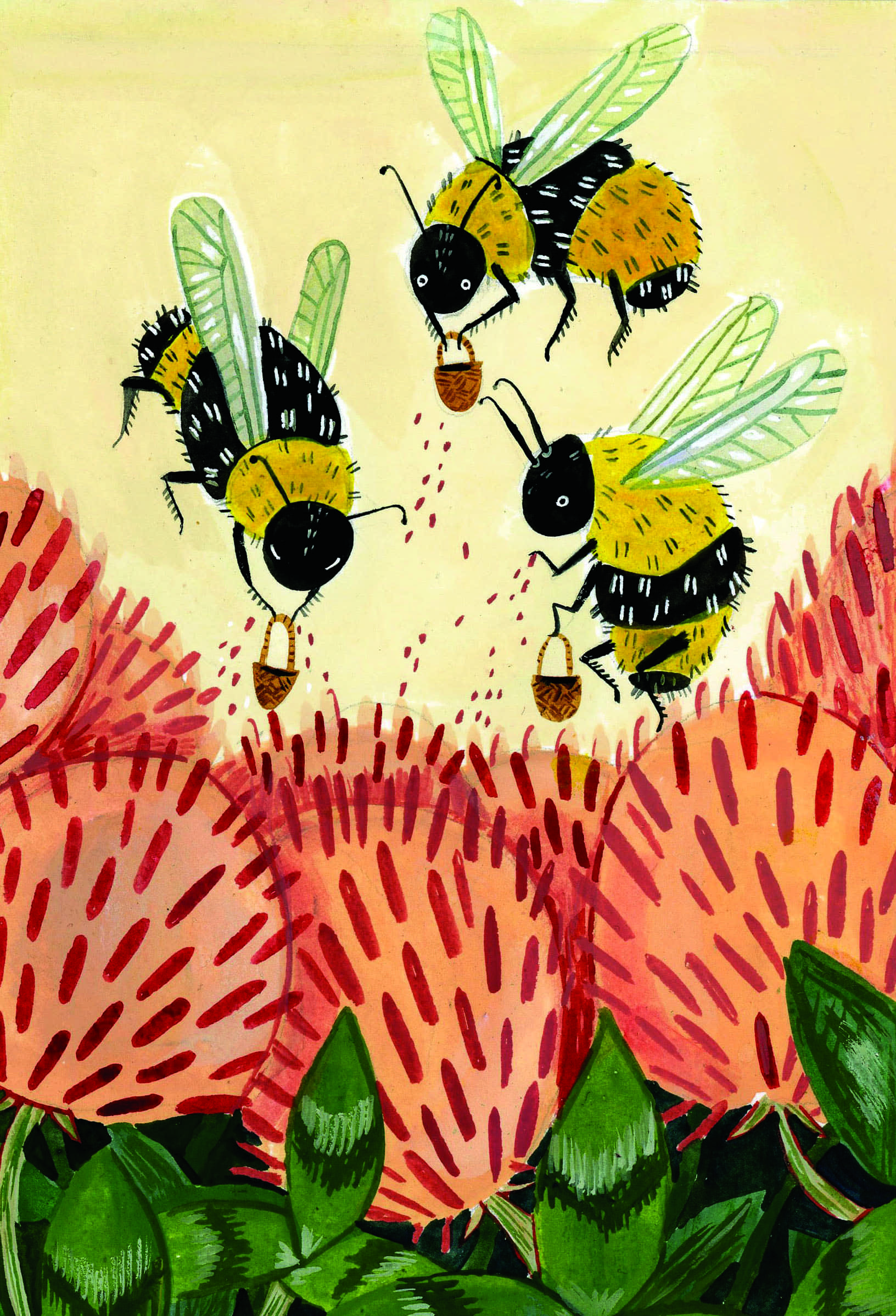An Interview with Illustrator, Madison Safer
When Union was beginning our transition from local coffee shop to New Hampshire coffee roaster, some friends of the shop presented us with an original illustration they had commissioned Madison to create for us. That piece is currently displayed proudly in the lab at our Milford, New Hampshire location. As we were preparing to launch Union’s Select Series of premium coffees, we knew we wanted to feature the artwork from an inspiring artist on each label. The art of Madison Safer felt like the natural first choice to pair with the small-batch Rwanda we had brought in for the launch.
We recently bumped into Madison at the coffee shop and were able to find out a little bit about what makes her artwork so magical. Listen in to our conversation with the artist:
Union Coffee Co. (UC): Your illustration style has such a unique “storybook” feel to it. How did you develop your style?
Madison Safer (MS): I think when I was first beginning to illustrate, I became really focused on having a style rather than making the work itself. I like to work very quickly so I became very drawn to the more folk art-inspired sensibilities and started really investigating how to incorporate those themes into my work. There eventually was a point that I just decided to really look back at more photographic references and let it happen more naturally. Now, the process happens second nature.
UC: Do you have a preferred medium to work with?
MS: I usually work with combination of mediums to get the perfect texture. I start with a layer of watercolor, then build on that with traditional gouache and acryla gouache. Then, I will sometimes add little bits colored pencil or artists crayon. It all varies from project to project, but it’s mostly the same process.
UC: Have you had any formal training, and if so how did it help you develop as an artist?
MS: I did! I graduated from Montserrat College of Art with a BFA in Illustration. I had a lot of incredible professors in mentors that helped guide me to how to be a working artist. While the classes were certainly helpful, I found the most benefit in having a routine to set up and create something every single day. While I don’t believe college has to be for everyone, for me it helped me a develop a rigor around my work that I may have not had otherwise.
UC: Is there a certain frame-of-mind and/or physical location that you feel enables you to create your best work?
MS: I have my own studio space that is like my own little sanctuary. I’m usually in there for at least 4-6 hours everyday. For me, having routines around my work really help me focus and stay grounded to the process of painting.
UC: Do you attempt to spark feelings or specific thoughts with your art or is it more of something you do for yourself?
MS: Something I am always striving for in my work is a feeling of familiarity, whimsy, and nostalgia. I try to keep it through a child-like lens, so it is very satisfying when an adult tells me that a specific painting transports them back to being a kid again. I also have an interest in keeping my work educational. In addition to the narrative work, I also create pieces that are more centered around plant and natural education for both kids and adults. People are more likely to remember information that was engaging and pleasant to look at, so it
UC: What has been your favorite experience creating artwork so far?
MS: For my thesis show, I designed an installation of a Badger family’s living room. Each family member had a distinct personality, and a role within the space. From a hand painted wallpaper, to family portraits to pipes and tea mugs from various family members, there were a lot of a elements to interact with that made it a really enjoyable.
UC: What resources do you use to draw inspiration for your work?
MS: My work is inspired by so many things from Eastern European art and folk art traditions to the flora and fauna of New England. I look at a lot of vintage victorian postcards, old 50’s field guides, and classic children books like Frog and Toad Are Friends by Arnold Lobel or Wind in the Willows by Keith Grahame. Right now, I’ve been really researching old folk holidays and herbal traditions from the Medieval era and that has been showing up in my work quite a bit.
UC: Do you have any advice to young artists starting out?
MS: My advice would be to find a community of other makers who can help support you around your work. Whether it’s a critique group or even just another friend, it is so valuable to have other folks look at your work to help suggests growth in other directions with you may not otherwise see. That, and paint everyday, as often as you can. It doesn’t have to be perfect, or even good but it will keep you motivated to try new things and experiment more with your craft. It eventually becomes something that is difficult to go days without doing. With practice, it becomes a lot less daunting.
UC: How can people find out more about you and your art?
MS: You can see more of my work at my website at madisonsafer.com or on my Instagram page at @madison.safer. For purchasing prints and other goods, visit www.etsy.com/shop/MSaferillustration
Want to support Madison while drinking exquisite coffee?
Order our small-batch Rwanda featuring Madison’s label while it’s still available and 10% of the proceeds will go to the artist!

















